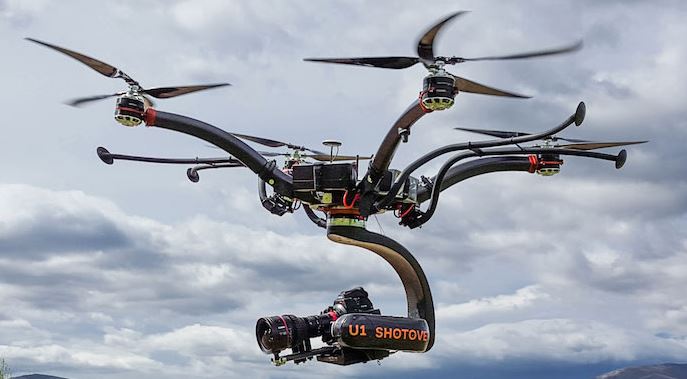Do you want to improve your aerial videography skills? Drone aerial videography requires skills that need more than just understanding your camera settings. For a great aerial video, you should follow the following steps.
Tips for Improving Aerial Videography Skills Are:
1) Knowledge, Practice and Planning
You should have enough knowledge about aerial videography and features on your camera. That’s by learning about the various videography settings and styles. You can also analyze top aerial videos to find what makes them click. After acquiring knowledge and practicing, you should then plan out well for your day out of shooting aerial videos.
You should check out the film location, and the weather situation on the actual filming day. You should also visualize and plan about your shots as these will save you time while in the air. Make sure your equipment is in sound condition and remember to include spare parts as you prepare yourself.
That includes making sure the drones and cameras batteries are okay as well as your Smartphone and tablets. Don’t forget your lunch; you won’t enjoy filming on an empty stomach.
2) Filming

You should fly your quad copter in a slow manner. That allows you to shoot the best of aerial videos. The only exception to this rule is when filming for a sporting event. Gentle flying enables your drone stabilization features to perform at their peak.
Modern stabilization technology such as Gyro and Inertial Measurement Unit IMU enables you to obtain stable aerial videos even if you are flying fast. But this gives you focusing problems and also produces a Jello effect. This effect is the wobbling of videos.
3) Avoid Risky Situations
You don’t want your expensive drone crashing as you attempt dangerous flying maneuvers. That includes flying your drone in narrow spaces. You might get a good drone video, but you risk meeting hidden objects.
Forests and woods or shrubs will also make you lose your drone if it loses contact with its remote tracker. The same applies to piloting your drone over no-fly areas such as security installations that will get your drone shot down.
4) Weather
Weather is another big influence when it comes to aerial videography. The best conditions are cloudy or clear weather days with minimal wind activity. Sunrise and sunset hours are another excellent time to do the aerial filming. That’s because light and shadow effects are different at better at this time compared to the afternoon or mid-morning hours.
Piloting your drone in rainy conditions will cause the electronic components fail to function. That’s because of coming into contact with water. Severe cold days will make your propellers freeze. That’s in the case of flying at high altitudes.
Winds cause camera jello effects as they make your camera shake. They also move your drone several feet away. That’s if you are manually flying using remote controller sticks.
5) Be unique
You should learn how to shoot videos in different angles as compared to the usual straight and forward ways. For example, you can try reverse filming while your drone flies backward. Horizontal flying also enables you to show more landscape details in your videos.
You can also try flying your drone forward, then horizontally and finally in reverse.You should then angle your gimbals on your pan, roll, and the till axis.
Using sticks on your remote control, you can also orbit a scene. Some modern drones have the orbit as an independent flight mode. Way points and point of interest also allow you to circle a scene. You can master these videography techniques with time.
Conclusion
With the above videography training tips, you can increase your videography skills significantly. The key is to practice various styles but make sure you don’t risk the safety of others or yourself.


